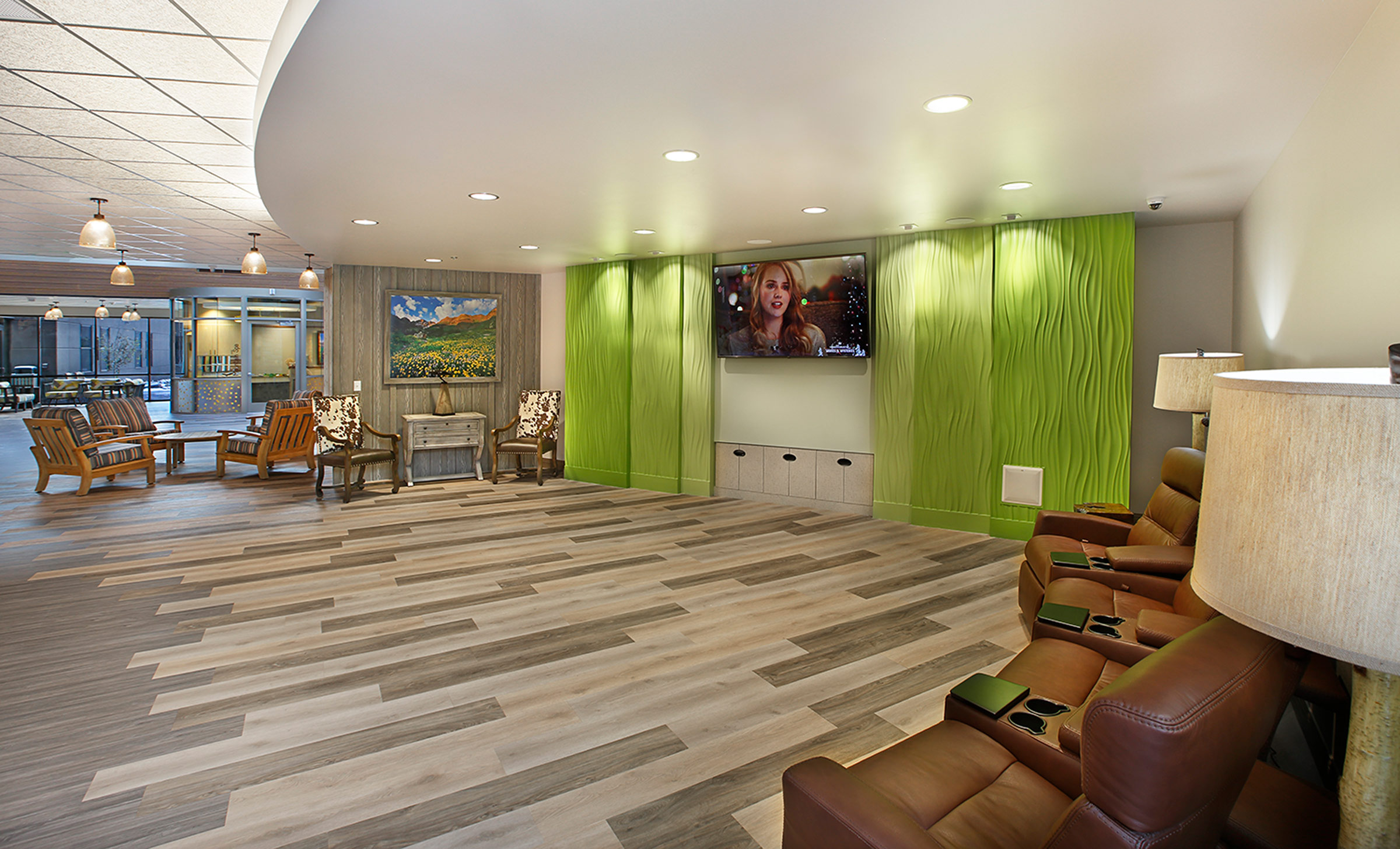

How an Interior Space Plays on our Emotions
In today’s world we spend approximately 90% of our time indoors. This time is spent in
the spaces we live, play, work and learn in, which takes or makes up the majority of our life
experiences. These experiences are impacted by the space we are in and the tone or mood that
it portrays. How each space is carefully crafted can impact our outlook on our current situation.
Interior designers craft spaces that shape a concept, mood or experience. Through colors,
materials and lighting, interior spaces take form and purpose for all users. The spaces that are
designed with high detail and awareness to the tone that the space is portraying allows users to
continually want to go back or spend more time within that space.
Colors of high saturation and vibrance can make the users within feel empowered and
hopeful. Whereas, neutral paint colors can feel clean, refreshing and calming in comparison. It’s
not to say that you can’t use both types of colors together to create a perfect blend, allowing the
eye to bounce within the space and create more visual interest and sensations. When an accent
color is brought into a neutral space and added with several cohesive patterns and materials
this allows for the space to feel more welcoming to a broader clientele.
Layering materials and patterns most importantly creates visual depth and interest.
Interior spaces need that level of softness brought in through fabrics and carpets to break up the
hard surfaces like walls, windows and tables. This balance allows the mind to relax within the
space and not feel overwhelmed because there is too much of one type of material.
To take then materials a step beyond, lighting is added to create drama and significance.
Lighting, both natural and artificial are needed in most spaces. Natural lighting provides
health benefits as well as assistance with sight. While artificial lighting can be added in different
layers to serve as general, task or accent lighting. With each of these layers the space is
properly lit so that the spaces can be adequately used. Interior spaces, if designed with the
intent of the end user, can successful impact the user and improve their production, experience
and mood.
The sense of familiarity, cohesiveness and welcoming is what interior spaces must have
in order to bring people back time and time again. And with ease the user can use the space to
its full intent. Emotions drive people, so when interior spaces are designed without thorough
thought, the end users perception can be of a space with little interest. Interior design is the
creation of a space which impacts the emotions of everyone who steps foot inside.
Article contributed by Sara Cooper, Interior Designer
